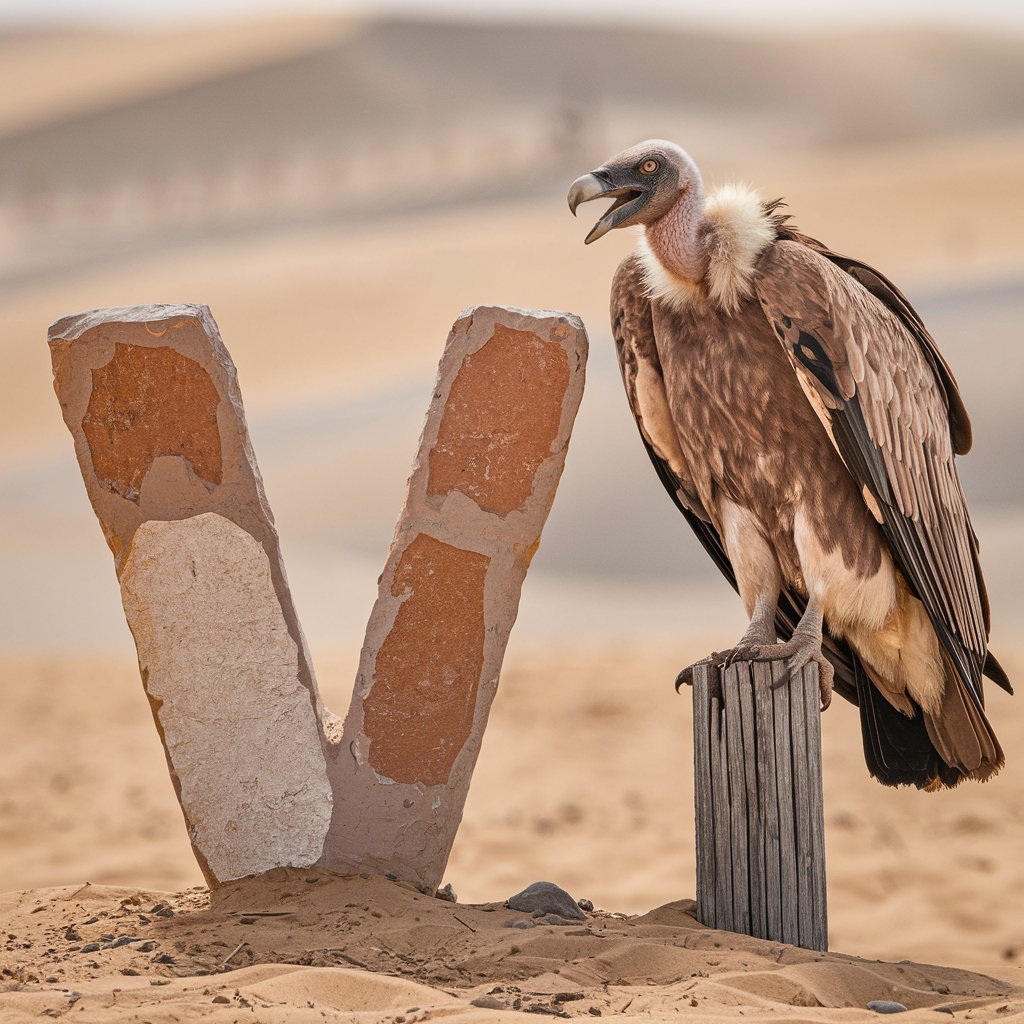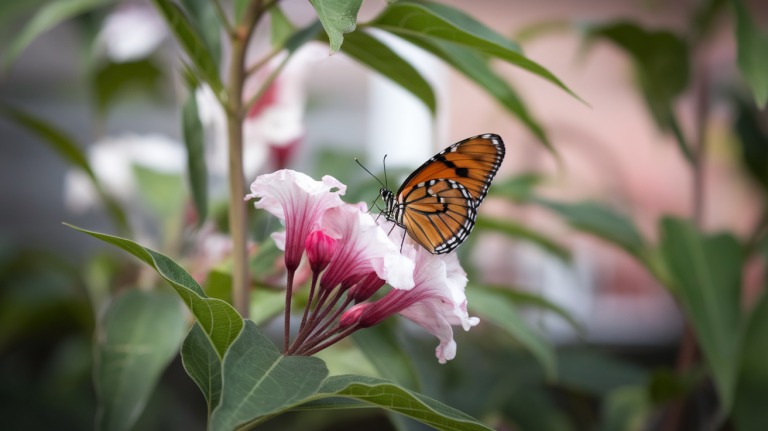26 Fascinating Letter Animals from A to Z

Get ready to meet amazing letter animals that bring the alphabet to life!
Our world is full of incredible creatures, from the smallest insects to the largest mammals.
In this list of 26 letter animals, you’ll learn about pets like cats and dogs, wild hunters like lions and tigers, and sea creatures like whales and sharks.
Some are small enough to fit in your hand, while others are as tall as buildings.
Let’s look at these wonderful animals that make our world rich with different shapes, sizes, and skills.
Animal Names Start with Alphabet Letters
Ant

These tiny insects are master builders and workers. Living in organized colonies, ants create complex tunnel systems and work as a team to gather food and protect their home.
Fun Facts:
- Can carry up to 50 times their body weight
- Some ant colonies can have millions of members
- Queen ants can live for up to 30 years
Bat

These night-flying mammals use echolocation to find their way in darkness. They play a crucial role in controlling insect populations and pollinating plants.
Fun Facts:
- Can eat up to 1,200 mosquitoes per hour
- Are the only mammals that can truly fly
- Some bats can see ultraviolet light
Cat

Known for their independence and grace, cats make popular pets worldwide. They excel at hunting and have keen senses, especially at night.
Fun Facts:
- Each cat’s nose print is unique, like human fingerprints
- Spend about 70% of their life sleeping
- Can make over 100 different vocal sounds
Dog

As human’s oldest animal companions, dogs are known for their loyalty and intelligence. They come in many breeds with different skills and personalities.
Fun Facts:
- Their sense of smell is 100,000 times stronger than humans
- Can understand over 150 words
- A dog’s nose print is unique, just like a human’s fingerprint
Elephant

These gentle giants are among the most intelligent animals. They live in close family groups and show remarkable memory and emotional intelligence.
Fun Facts:
- They’re the only mammals that can’t jump
- Can use their trunks as snorkels when swimming
- Communicate through sounds too low for humans to hear
Fish

Fun Facts:
- Some species can change their gender
- The smallest fish is only 7.9mm long
- Some can live for over 100 years
Giraffe

With their distinctive long necks, giraffes are the world’s tallest land animals. They use their height to reach leaves other herbivores can’t access.
Fun Facts:
- Have tongues up to 50cm long and purple-black in color
- Sleep only 30 minutes a day
- Have the same number of neck vertebrae as humans
Horse

Horses have been crucial to human civilization, serving as transportation, work animals, and companions. They’re known for their speed and strength.
Fun Facts:
- Can sleep standing up
- Have nearly 360-degree vision
- Can run within hours of being born
Iguana

These reptiles are excellent climbers and swimmers. Many can change color to help regulate their body temperature.
Fun Facts:
- Can hold their breath for up to 30 minutes
- Have a “third eye” on top of their head
- Can detach their tails when threatened
Jaguar

The largest cat in the Americas, jaguars are powerful swimmers and skilled hunters. They have distinctive spotted coats.
Fun Facts:
- Have the strongest bite of any big cat
- Can move prey twice their body weight
- Are excellent swimmers and like fishing
Kangaroo

These Australian marsupials are known for their powerful legs and distinctive hopping movement. They carry their babies in pouches.
Fun Facts:
- Cannot walk backward
- Newborns are smaller than a human thumb
- Can hop up to 25 feet in one bound
Lion

Known as the “king of beasts,” lions are the only big cats that live in social groups called prides. Males have distinctive manes.
Fun Facts:
- Their roar can be heard up to 5 miles away
- Spend 20 hours a day resting
- Cubs are born with spots that fade as they grow
Mouse

Small but incredibly adaptable, mice are found almost everywhere humans live. They’re known for their quick movements and curiosity.
Fun Facts:
- Hearts beat up to 500 times per minute
- Can squeeze through holes as small as a pencil
- Make different sounds humans can’t hear
Newt

These small amphibians split their time between water and land. They have remarkable healing abilities.
Fun Facts:
- Can regenerate lost body parts
- Breathe through their skin underwater
- Some species can shoot their ribs through their skin as defense
Owl

These birds of prey are perfectly adapted for night hunting with their silent flight and excellent vision.
Fun Facts:
- Can turn their heads up to 270 degrees
- Have asymmetrical ears for better sound location
- Cannot move their eyes – must turn whole head
Parrot

Known for their bright colors and ability to mimic sounds, parrots are among the most intelligent birds.
Fun Facts:
- Can learn hundreds of words
- Some species live over 80 years
- Use their feet like hands
Quail

These small ground birds are known for their plump bodies and quick movements. They’re found worldwide.
Fun Facts:
- Can fly straight up when startled
- Chicks can run almost immediately after hatching
- Some species can fly up to 40 mph
Rabbit

Quick and agile, rabbits are known for their long ears and powerful back legs. They’re popular both as pets and wild animals.
Fun Facts:
- Their teeth never stop growing
- Can see behind themselves without turning
- Can jump up to four meters in one leap
Shark

These ocean predators have been around for over 400 million years. They’re perfectly adapted for life in the water.
Fun Facts:
- Never run out of teeth – can have 50,000 in lifetime
- Can detect one drop of blood in 100 liters of water
- Some must swim constantly to breathe
Tiger

The largest of all wild cats, tigers are powerful hunters with distinctive striped coats.
Fun Facts:
- No two tigers have the same stripe pattern
- Can swim up to 6 kilometers
- Their night vision is six times better than humans
Urial

These wild sheep live in mountainous regions. Males have impressive curved horns used in mating contests.
Fun Facts:
- Can jump up to 2 meters high
- Survive in extreme mountain temperatures
- Excellent climbers on steep rocky slopes
Vulture

These large birds play a crucial role in ecosystems by cleaning up dead animals. They have excellent eyesight.
Fun Facts:
- Can eat diseased carcasses without getting sick
- Have incredibly strong stomach acid
- Can soar for hours without flapping wings
Whale

The largest animals on Earth, whales are intelligent marine mammals known for their complex songs.
Fun Facts:
- Songs can travel hundreds of miles underwater
- Some can hold breath for up to 2 hours
- Blue whale hearts can be as big as a car
X-ray Fish

These small tropical fish have transparent bodies that allow you to see their bones.
Fun Facts:
- Can communicate through electrical signals
- Their transparent bodies are natural camouflage
- Can recognize their family members
Yak

These large, shaggy bovines are perfectly adapted to high-altitude living in cold climates.
Fun Facts:
- Have special blood cells for high altitudes
- Can survive at temperatures below -40°C
- Use horns to dig for food under snow
Zebra

These striking African equines are known for their black-and-white striped coats. They live in family groups.
Fun Facts:
- Each zebra has a unique stripe pattern
- Can run within an hour of being born
- Stripes may help confuse biting insects
Conclusion
From ants to zebras, each of these letter animals shows us how special our planet’s wildlife is.
These 26 creatures give us just a small look at the many different animals that share our Earth.
Big or small, fast or slow, each one has its own special way of living and growing.
Some fly high in the sky, others swim deep in oceans, and many walk on land – but they all help make our world amazing.
By learning about these animals, we better understand the importance of every creature in nature.






